Health Consciousness
The DTC Food Market is experiencing a notable shift towards health consciousness among consumers. This trend is driven by an increasing awareness of nutrition and wellness, leading individuals to seek out healthier food options. According to recent data, approximately 70% of consumers are actively looking for products that align with their health goals. This has resulted in a surge in demand for organic, gluten-free, and plant-based food products. As a consequence, brands within the DTC Food Market are adapting their offerings to cater to this growing segment, emphasizing transparency in ingredient sourcing and nutritional benefits. The focus on health is not merely a passing trend; it appears to be a fundamental change in consumer behavior that is likely to shape the future of food purchasing decisions.
Social Media Influence
Social media influence is a significant driver in the DTC Food Market, as platforms like Instagram and TikTok shape consumer preferences and purchasing decisions. The visual nature of these platforms allows brands to showcase their products creatively, engaging consumers in ways that traditional advertising cannot. Data indicates that nearly 75% of consumers discover new food products through social media channels. This trend has led to the rise of influencer marketing, where brands collaborate with social media personalities to reach wider audiences. As social media continues to evolve, its impact on the DTC Food Market is likely to grow, driving trends and shaping consumer behavior in real-time.
Sustainability Awareness
Sustainability awareness is increasingly influencing consumer choices within the DTC Food Market. As environmental concerns grow, consumers are gravitating towards brands that prioritize sustainable practices. This includes sourcing ingredients responsibly, reducing packaging waste, and implementing eco-friendly production methods. Data suggests that around 65% of consumers are willing to pay more for products that are sustainably sourced. Consequently, brands are responding by adopting sustainable practices and communicating their efforts transparently to consumers. This trend not only enhances brand loyalty but also positions companies favorably in a competitive market. The emphasis on sustainability is likely to continue shaping the DTC Food Market, as consumers increasingly demand accountability from the brands they support.
Technological Advancements
Technological advancements are playing a pivotal role in the evolution of the DTC Food Market. Innovations in e-commerce platforms, mobile applications, and data analytics are enhancing the consumer shopping experience. For instance, the integration of artificial intelligence in personalized marketing strategies allows brands to tailor their offerings based on individual preferences. Furthermore, advancements in supply chain technology are improving the efficiency of food delivery systems, ensuring fresher products reach consumers faster. Recent statistics indicate that nearly 60% of consumers prefer to shop online for food, highlighting the importance of technology in shaping purchasing habits. As these technologies continue to evolve, they are likely to further transform the DTC Food Market, making it more accessible and efficient for consumers.
Convenience and Accessibility
Convenience and accessibility are critical drivers in the DTC Food Market, as consumers seek seamless shopping experiences. The rise of busy lifestyles has led to an increased demand for easy-to-order food options, including meal kits and ready-to-eat meals. Recent surveys indicate that over 50% of consumers prioritize convenience when selecting food products. This trend has prompted brands to innovate their delivery methods, offering subscription services and same-day delivery options. As a result, the DTC Food Market is witnessing a transformation in how food is marketed and delivered, with a focus on meeting the needs of time-strapped consumers. The emphasis on convenience is likely to persist, shaping future product offerings and marketing strategies.


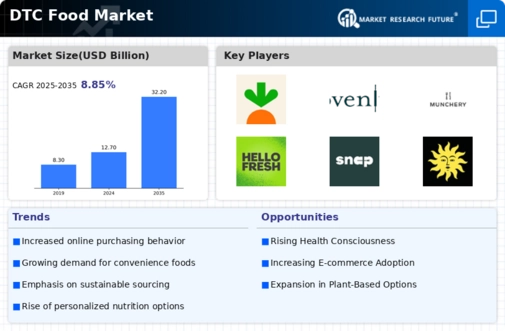
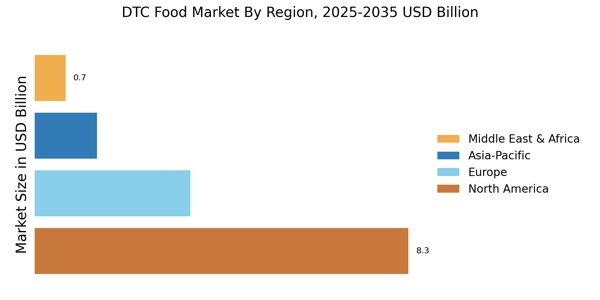
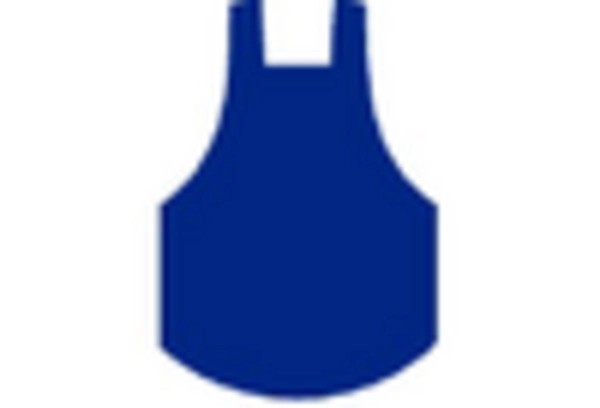

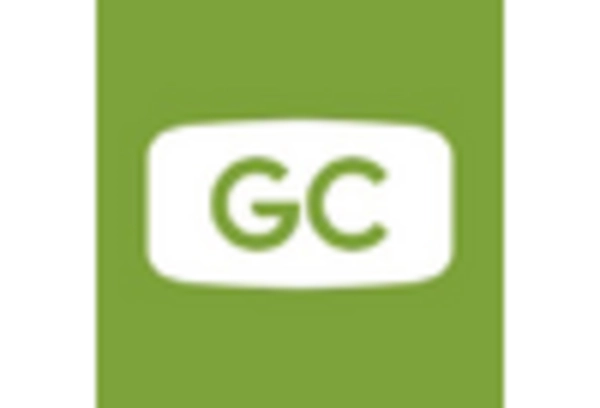

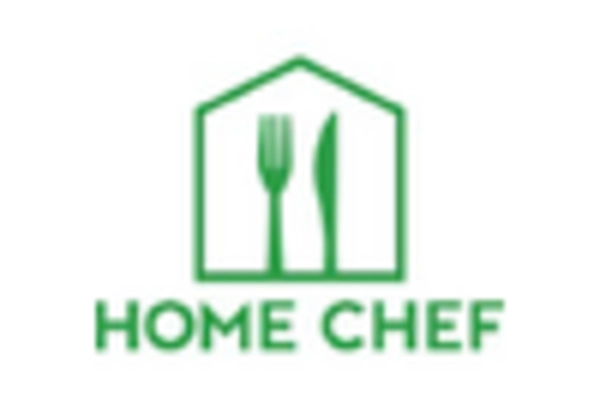









Leave a Comment